Student engagement is my number one goal in the classroom. None of the academic goals can be achieved without student engagement. It is essential! My biggest advice to you is to decrease teacher talk and the time students spend in their desks.
I want to share some more specific ways that I keep my students engaged in our lessons.
I LOVE this quote by Eric Jensen: “If you don’t have time to play music when you teach then you talk too much.” TRUTH! There is so much research out there about how music lowers anxiety and nerves and releases endorphins that make you happy. Music wakes you up and makes your body move!
Use music to increase student engagement. Get them ready to learn by playing fun music as they walk in the room and unpack. Play soothing music while they write. After a test, play some upbeat music to reenergize them. Play fun music while they are packing up and cleaning the classroom. Use music as a reward. If my kids get compliments in the hall, they get a song and free dance during snack break. So easy and so fun.
The simple truth is that when you are happy, you are more engaged. Music makes us happy!
I bought this old iPod from a used bookstore. It was very inexpensive. Perhaps, you can load the music on to your phone? I bought a $20 speaker from Wal-Mart. It works perfectly!
When students have some control over their learning, they become much more engaged in the classroom activities. Find ways to allow for student choice each day!
Some ideas include:
- Picking their own seat
- Choosing their own partner or group to work with
- Picking a game from a basket of games that all pertain to the skill they need to practice
- Choosing their own book for read to self time
- Deciding on the order they will complete their centers
A lot of teachers use pair share from time to time. I use pair share about 5-10 times during every mini lesson. I am not exagerating! I actually use the Whole Brain Teaching Teach-Okay for my pair shares. I tell them something and then they teach it right back to their accountability partner. Students are hearing what I say and then repeating it to a partner. It increases memorization. I also find that students are more tuned in and engaged during my lesson because they know they are going to have to teach regularly. Giving students lots of opportunities to talk helps to decrease the chatter during quiet work times too. I highly recommend that you watch this video to see how this works in a classroom.
I seriously do this constantly! Teach your partner the directions that I just gave you. Teach your partner how you solved this problem. Teach your partner how you know that you are correct. Teach your partner what a character trait is and give examples.
And I love to use silly voices when I say “teach.” Then they students have to say ‘okay,” in the same voice and they love it!
Students love to be given permission to talk and/or be silly! If you tell them to honk their nose every time say you say a word with a prefix- those students will listen harder than ever before! And research of the brain has shown the significant impact that laughing can have on memory and retention! I know that it sounds noisy. But kids were not meant to just sit quietly all day. Consider being bold and allowing the noise from time to time. But, if you have a class that cannot handle it- use a quiet gesture like patting their head and rubbing their bellies.
When we are correcting math facts, my students are encouraged to do an air fist pump and say “yes,” whenever they get the fact correct. It is simple and totally effective. My students WANT to do math facts!
What if you had a daily vocabulary word. Anytime the teacher says the word- students call back the agreed upon synonym. Students will enjoy the daily change of callback and be practicing their vocabulary words for the week! Do you really want to increase the engagement? Have a specified type of voice students will use to callback. Such as high pitched, low pitched, sing song, whisper, etc. They will be sitting on the edge of their seat waiting for you to say the word! That is complete engagement!
The important think is that you never give instruction while the class is being silly or not listening. So always have an agreed upon way that you will get student’s attention. It can be the vocabulary callback or another callback or gesture, as long as everyone knows. So practice your attention getter before adding too much silliness to it.
There are times when I notice that my kids have been sitting for too long or are getting antsy. That is when it is time to get them up stretching, dancing and moving. Go Noodle is a free website that has tons of video brain breaks for kids.
They are so fun for the kids. (But I must fess up- I do them too. Great exercise and catchy tunes!) Our favorites include: Pop See Ko, Go Bananas and Roller Coaster. After we do one of these guided dances- then we do one of the Go Noodle stretching activities to calm the kids down.
The kids are happy and their blood is moving again. They are ready to think and be engaged in your lesson! (Plus- they think you are the coolest teacher EVER!)
Students are almost always more active and engaged when they are being taught in small groups. They are more willing to offer responses, since they are not having to speak in front of a large group. Students are more likely to follow along and not get lost when the teacher is right there guiding and leading. It is harder to get distracted.
Also, teaching in small groups means that the students will need centers to work on while other groups are meeting with the teacher. This gives students the opportunity to get up and move, work with a partner, play games and/or use manipulatives. It is all so much more engaging than a worksheet done at their desk!
Click on the picture below to read more about how I manage my math groups and center time. I use the same sort of schedule for my reading groups!

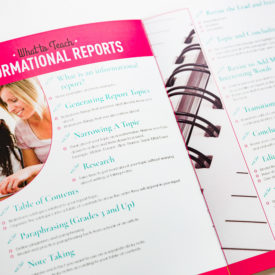
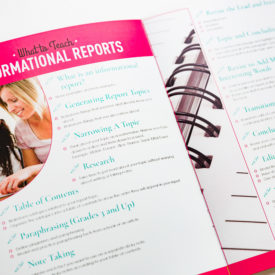
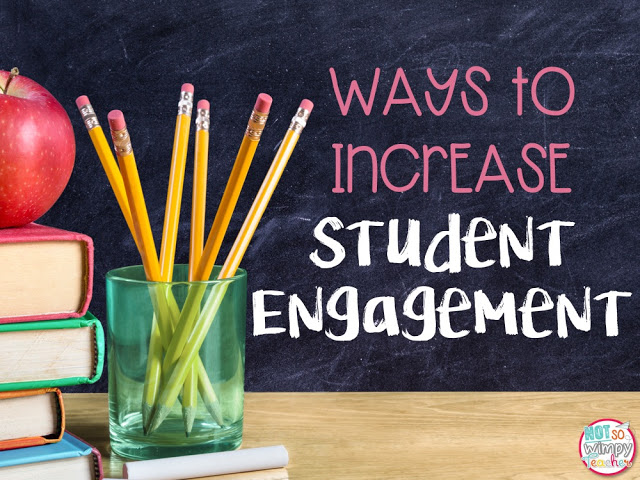

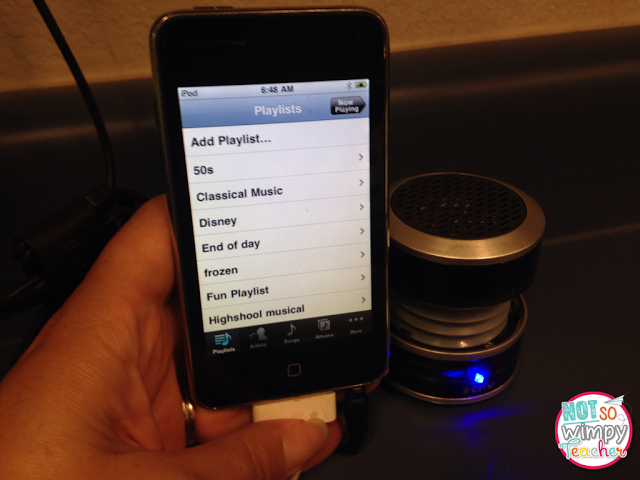




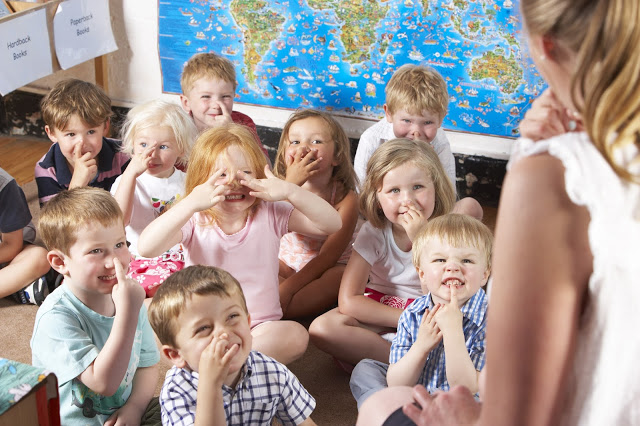



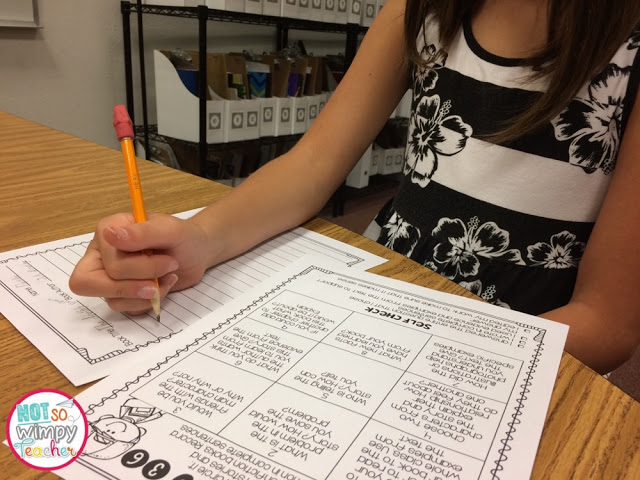
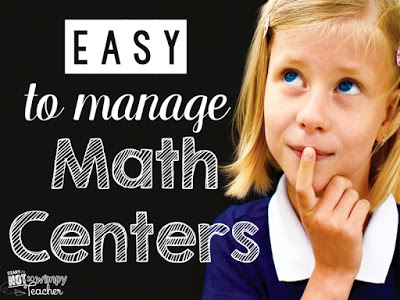

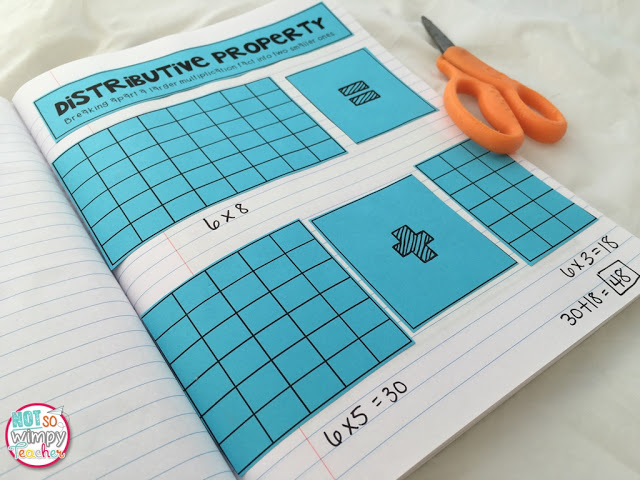
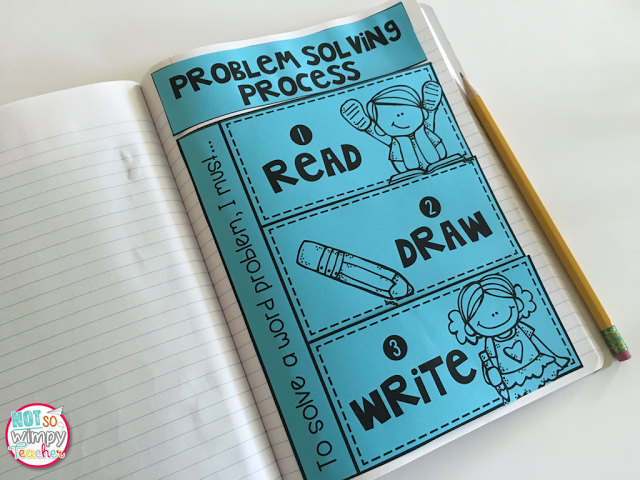
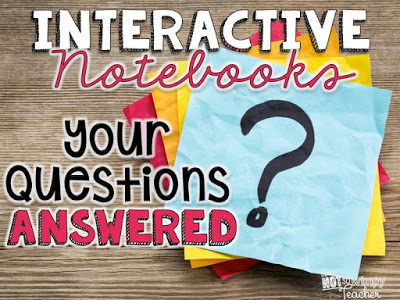

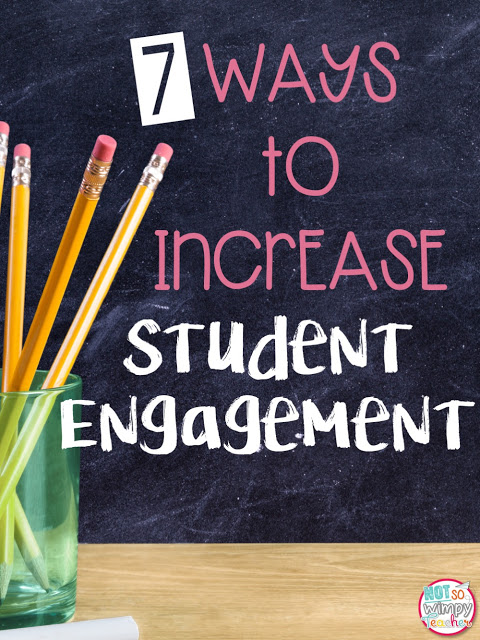



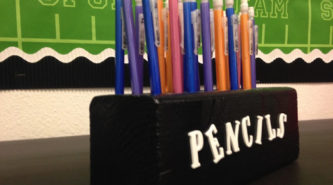
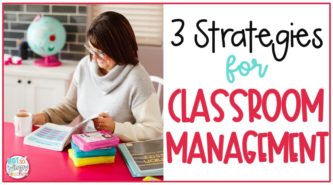











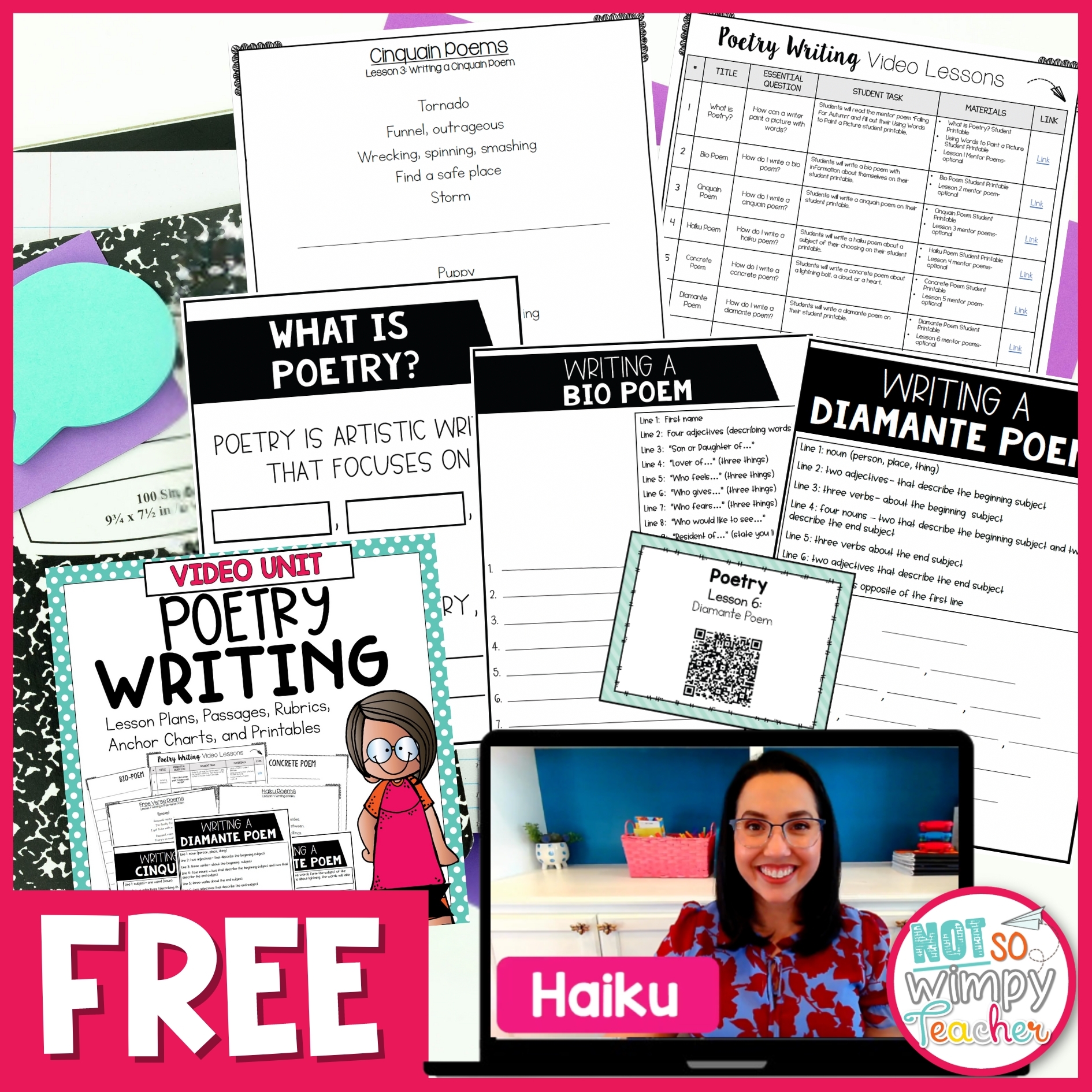 Free Poetry Writing Unit for grades 2-5!
Free Poetry Writing Unit for grades 2-5!
Leave a Comment